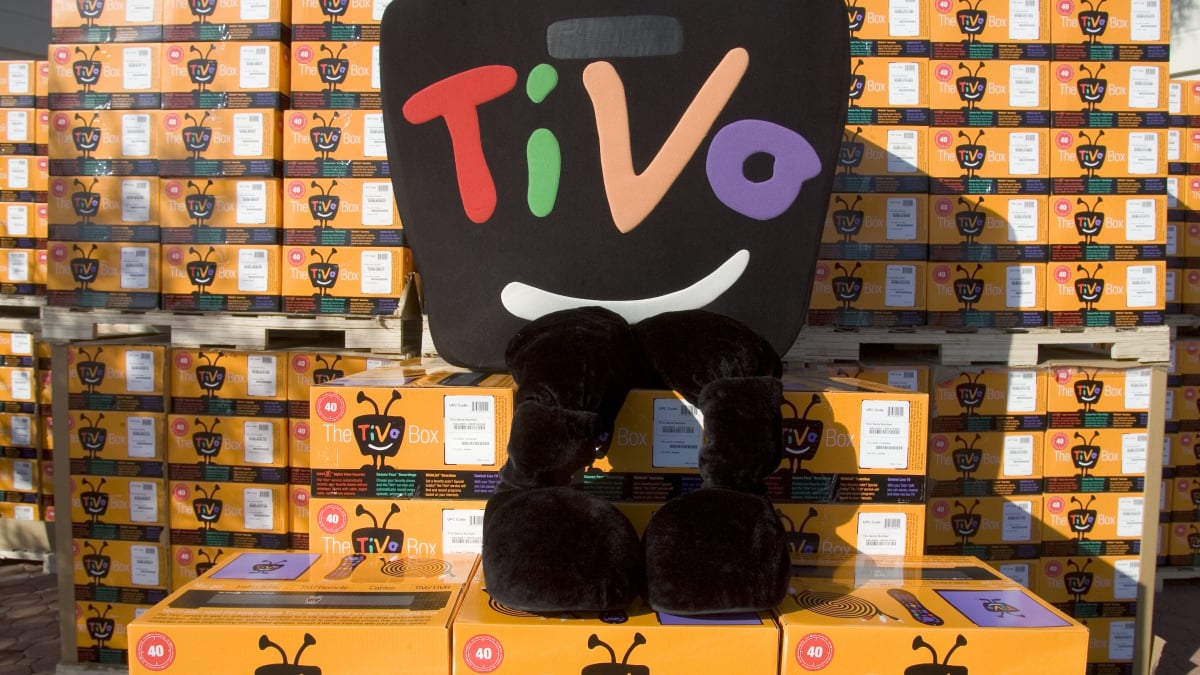UAE President Sheikh Mohammed bin Zayed is on a one-day trip to Islamabad on December 26, to meet Pakistan’s Prime Minister Shehbaz Sharif on issues of trade, investment, energy cooperation and regional issues. According to official statements…
It’s been a long year, but it’s almost over.
And since January, a lot has happened in the tech world. It’s a fickle, fast-paced industry, and some major products and services haven’t…







